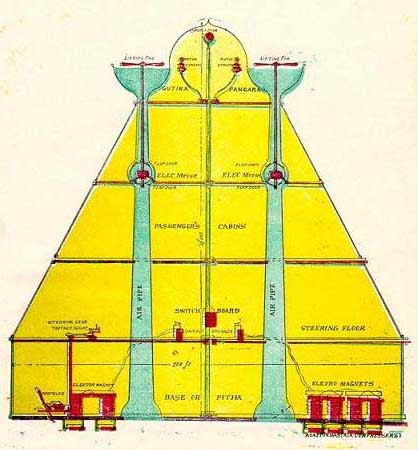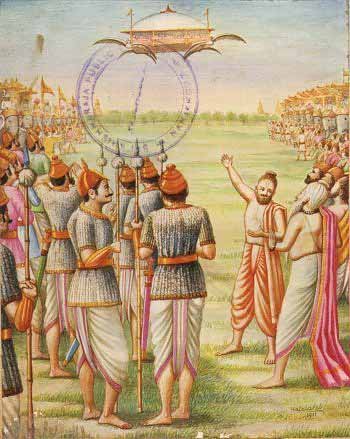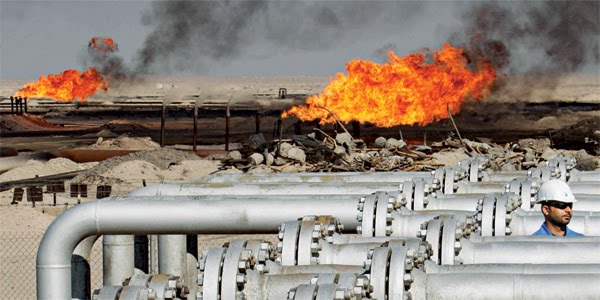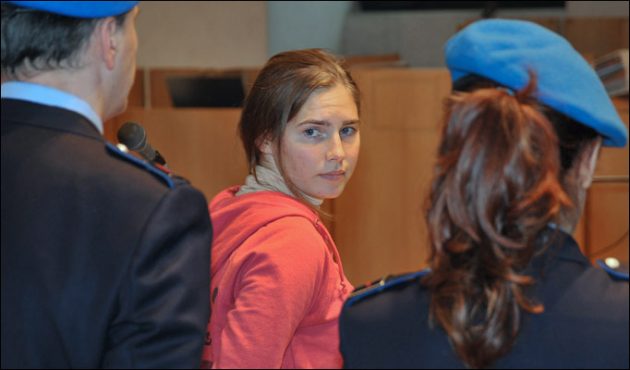Vimana

The VIMANA are spacecraft, land leviathans, airplanes and interdimensional craft described in great technical detail in the ancient Vedic literature of India. Some were said to be as fast as thought itself.
In the ancient Vymanka-Shastra (Science of Aeronautics), there’s a description of a Vimana: “An apparatus which can go by its own force, from one place to place or globe to globe.” The Hakatha (Laws of the Babylonians) states that “The privilege of operating a flying machine is great. The knowledge of flight is among the most ancient of our inheritances. A gift from ‘those from upon high’. We received it from them as a means of saving many lives.” The Sifrala contains over one hundred pages of technical details on building a flying machine, with words which translate as graphite rod, copper coils, crystal indicator, vibrating spheres, stable angles, etc. The Ramayana describes a vimana as a double-deck, circular aircraft with portholes and a dome. TheVaimanika Sastra, a fourth century BC text, deals with the operation of Vimanas and how to switch the drive to “solar energy” from a free energy “anti-gravity” source.

Although the Chinese are credited with inventing rocketry, some people believe that an ancient text from India describes sophisticated air flight by human pilots. Written by Maharishi Bharadwaja in the 4th century BC (allegedly dictated while he was in a trance), the Vaimanika-sastra seems to talk about piloting some kind of aircraft – a vimana – with some astonishing capabilities.Sounding like a manual for aerial battle (or instructions to a video game), the text claims to reveal 32 secrets of piloting a vimana, including:
-
Goodha – permits the pilot to make his vimana invisible to his enemies.
-
Paroksha – enables the pilot to paralyze other vimanas and put them out of action.
-
Pralaya – pushes an electrical force through the “five-limbed aerial tube” so that the pilot may “destroy Pas in a cataclysm.”
-
Taara – provides the pilot with another means of avoiding contact with an enemy or hiding from observers: “By mixing with ethereal force 10 parts of air force, 7 parts of water force, and 16 parts of solar glow, and projecting it by means of the star-faced mirror through the frontal tube of the vimana, the appearance of a star-spangled sky is created.”
-
Jalada roopa – instructs the pilot in the correct proportions of certain chemicals which will envelop the vimana and give it “the appearance of a cloud.”
Was the Vaimanika-sastra simply imaginative writing, rich with symbolism and religious meaning? Or was it a description of ancient yet advanced technology that humankind was not to rediscover until the 20th century?

What do you think?
Please vote and or comment below…thank you.
Originally posted 2013-05-09 02:49:49. Republished by Blog Post Promoter

![vimana03-e1368066518546[1]](https://coolinterestingnews.com/wp-content/uploads/2013/05/vimana03-e13680665185461.jpg)












